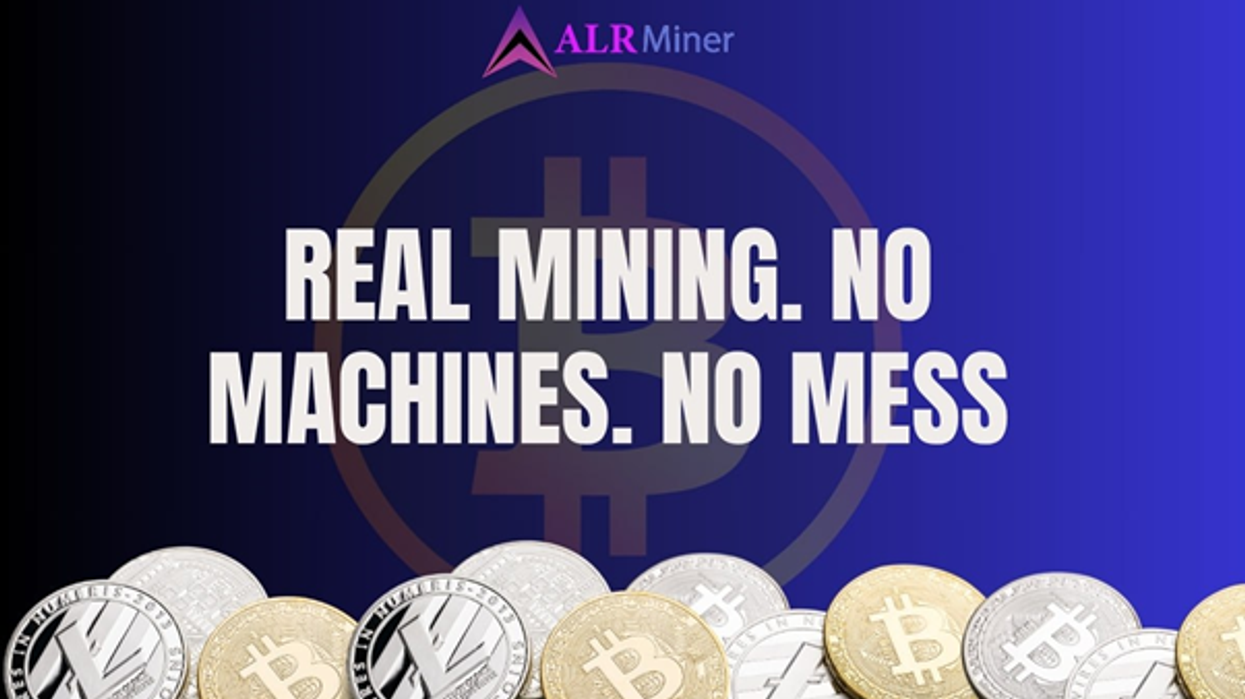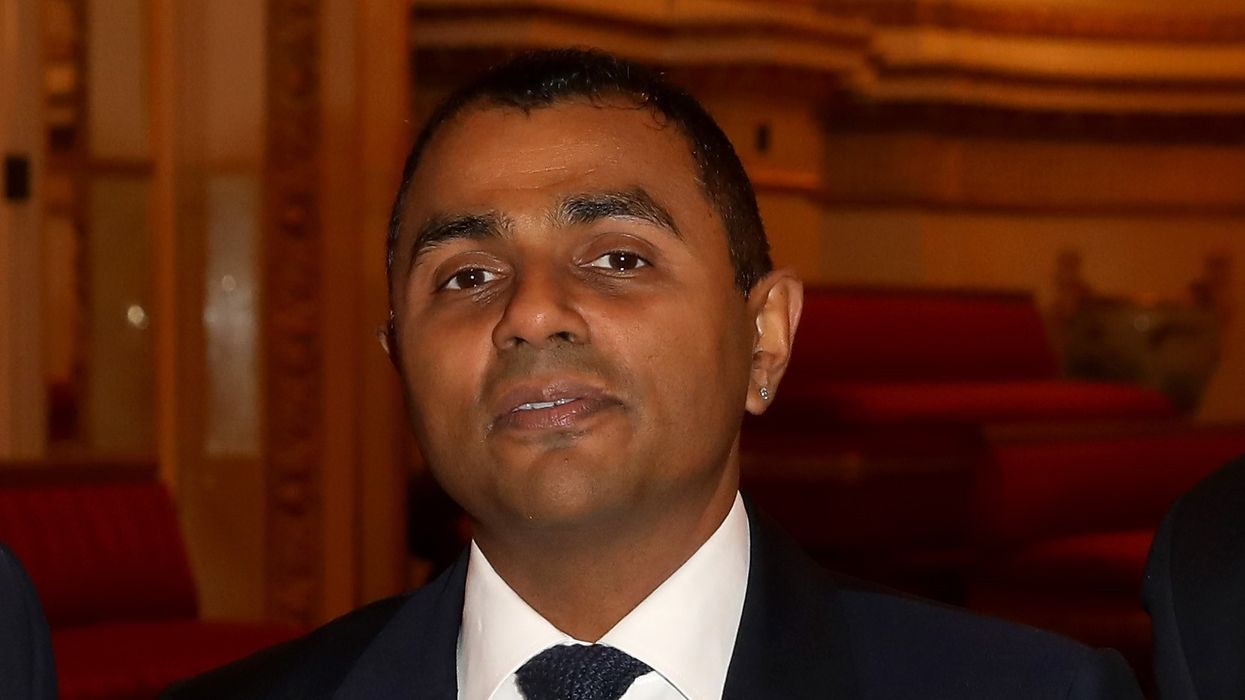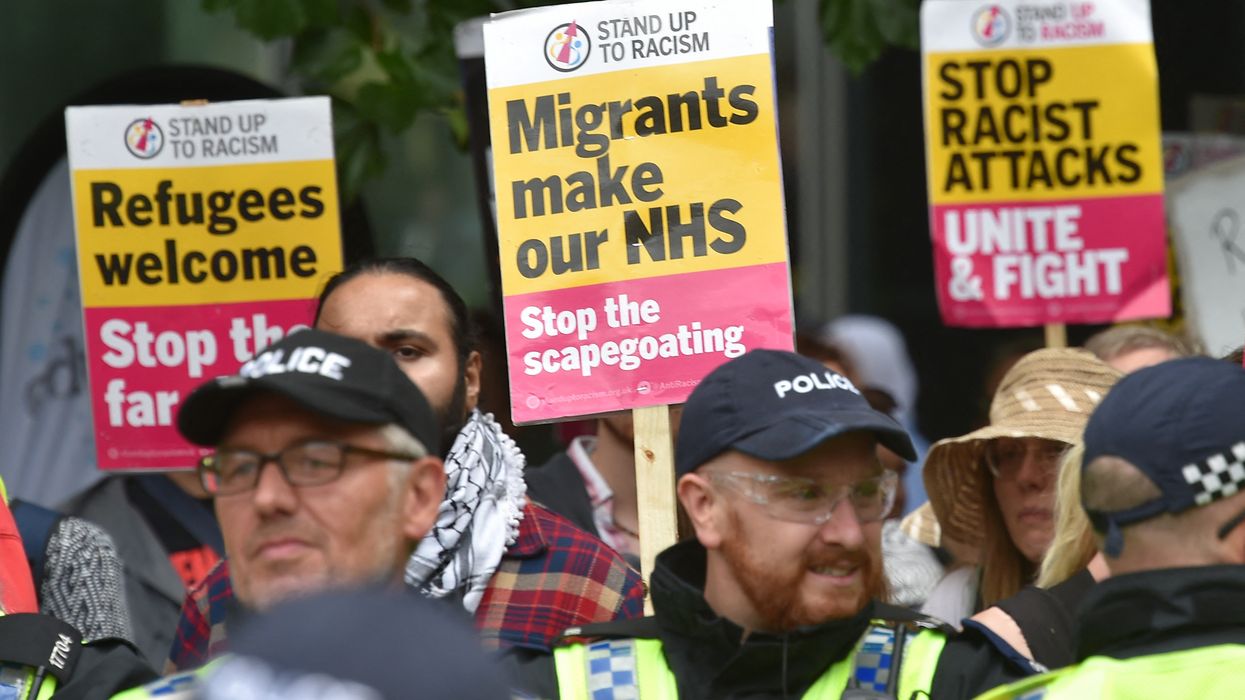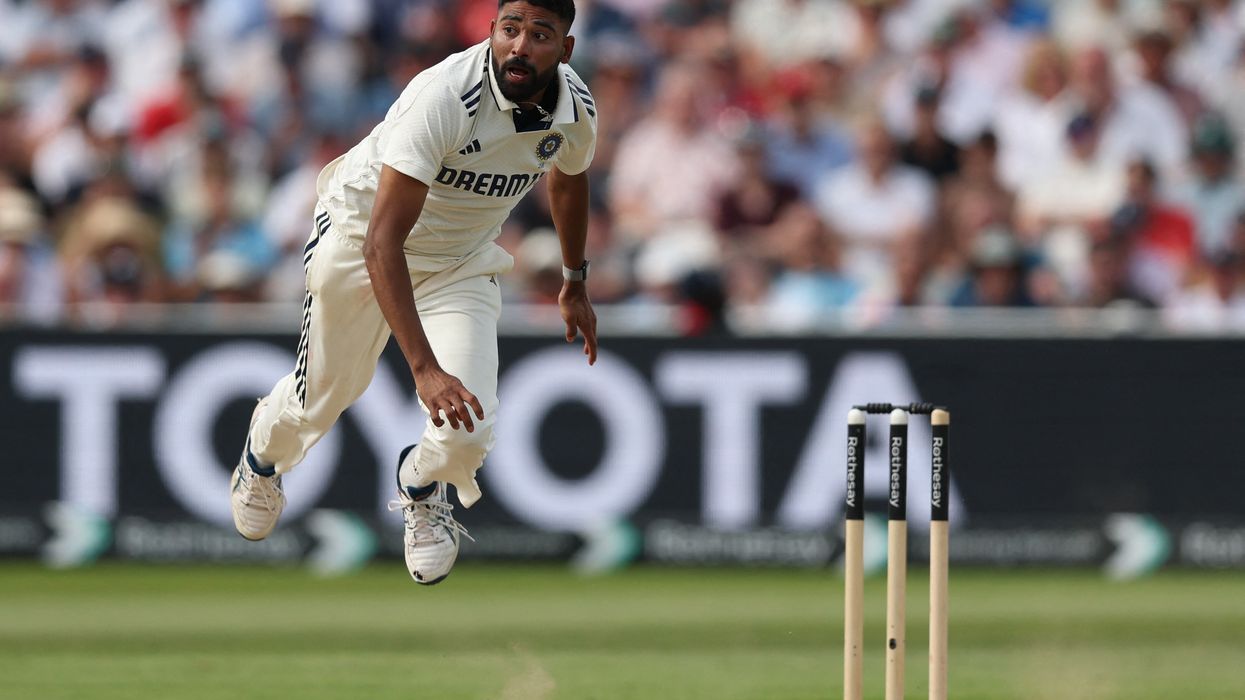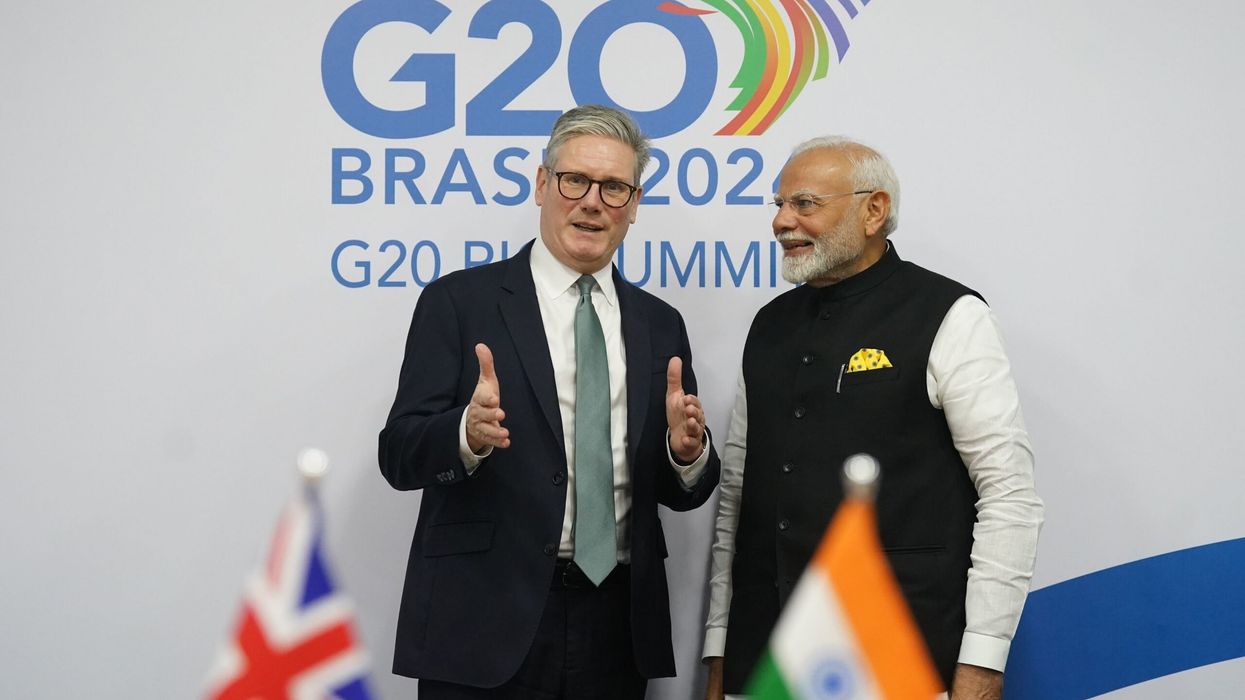Today, the digitalisation wave has already reached all spheres of human activity and even its encouragement. Businesses started to develop virtual incentives that resonate with their audience. The instant dopamine that people get from rewards motivates them to continue using services. Dozens of airlines, bank institutions, educational centres and other industries are actively using this trick. Probably the iGaming niche is where digital rewards, shaped as free spins no deposit bonuses, have the largest use now. But how exactly do e-benefits work? Let’s figure it out in this article.
What are Digital Rewards?
In a nutshell, digital rewards are virtual bonuses and incentives delivered to the user online. It is mostly handled via SMS, email or on-site notifications. For what reason? For performing certain actions or meeting certain conditions. The purpose of e-rewards is to give the human brain enough dopamine to form a cause-and-effect relationship. The higher the level of dopamine triggered by virtual incentives, the faster this connection is formed. And the higher the chances that a person will become a frequent client.
Free Spins and Other Types of Digital Rewards
All sorts of electronic benefits and bonuses have one goal – to attract people and turn them into regular customers. However, each type works in its own way and addresses different pain points of potential audiences. Among the most common types of digital rewards are:
- Gift e-certificates. Analogous to casual physical certificates, which have widespread use. From beauty salons and clothing stores to supermarkets and online courses. Many businesses now use them in an e-format for their practicality. They are that much harder to lose.
- Promo codes. Serve to give users more opportunities for discounts without any mandatory conditions. In the iGaming sector, promotional codes often give access to free spins on registration with no deposit.
- Virtual points and currencies. Awarded for purchases or other requirements. Positive reinforcement is behind them as a motivational tool, as points can be exchanged for additional perks. Thus, people will likely repeat the purchase or take similar action.
- Badges in the loyalty system. Serve two purposes. On the one hand, they motivate users by providing them with the opportunity to stand out from the crowd. And on the other hand, they encourage them to visit the store or platform more often to take advantage of special benefits. Virtual casinos, for example, hand out badges to mark VIP levels. In many cases, a free spins no deposit bonus is credited for reaching a new milestone.
Each type of digital reward has its own tools for motivating users. The basis of this encouragement is psychology and the peculiarities of the human brain. People always return to places where they feel satisfaction, so that is the main goal for any business.
How Digital Rewards are Used in Different Business Areas
The variety of e-rewards allows businesses to choose the most effective solutions based on the specifics of their field of operation. Badges or casino free spins are unlikely to bring any profit to a store, while bonus miles or e-certificates will not work in a remote casino. The key issue in virtual incentives, of course, remains their effectiveness for a certain business. Let’s see how electronic rewards are embraced in different industries.
Airlines and Travel Companies
Points and miles have become the most effective digital bonuses for companies in this endeavour. Airlines and travel organisations collaborate with banks, retail chains, and movie theatres. Customers earn miles for flights, which can then be redeemed for discounts and seat upgrades. Besides purchasing tickets, points can be also accumulating for buying goods from loyal networks.
Free Spins Bonus in Casino Entertainment
Digital rewards are most effective in the gambling industry. Online casinos use most kinds of e-incentives: promo codes, loyalty points, virtual currencies, and badges. The peculiarity of the iGaming sector is that users expect the least amount of requirements for incentives. At the same time, the benefits they offer are significantly higher and often interrelated. For instance, with a certain level of VIP program, players receive not only a badge. They also often get showered with free spins as a casino gift or passes to private tournaments.
Banking Institutions and Financial Companies
Banks use many tools to compete with each other, but cashback remains the main digital reward for customers. Cashback is accrued for all purchases made by the cardholder of a particular bank. This allows participants in the promotion to get a certain amount of money back for the products and items they have purchased. The size of the cashback has become the starting point for competition between companies, because the higher the %, the better the customer loyalty and the more of them are there over time.
Cashback is also used in other industries. Casino operators offer cashback for the same reason – to boost the loyalty of regular players. It is mainly a cash reward, but free spins no deposit at UK gambling sites have been noticed as a cashback bonus too.
Final Thoughts on the Use of Digital Rewards
Virtual incentives are one of the main competitive tools in business today. Their main advantage is that they benefit both companies and customers. The vast majority of industries are now striving to integrate these rewards as effectively as possible, but their cogency is significantly lower than no deposit free spins in UK and global casinos.
The secret of gambling platforms is simple: instead of integrating individual promotional offers and rewards, they create an interconnected system out of them. Thus, activity on the casino website leads to participation in the loyalty program. And from there, to receiving a badge and bonus spins as a token of gratitude from the casino.
In addition, casino platforms make their virtual incentives universal. Everyone can get bonuses. Absolute beginners who accidentally found the site on the Internet and joined may grab free spins on sign up. While loyal players are encouraged for their activity, which shows that the operator values them.
The article was written with informational support from the Cardmates CEO and iGaming expert, Maksym Baksheiev.

